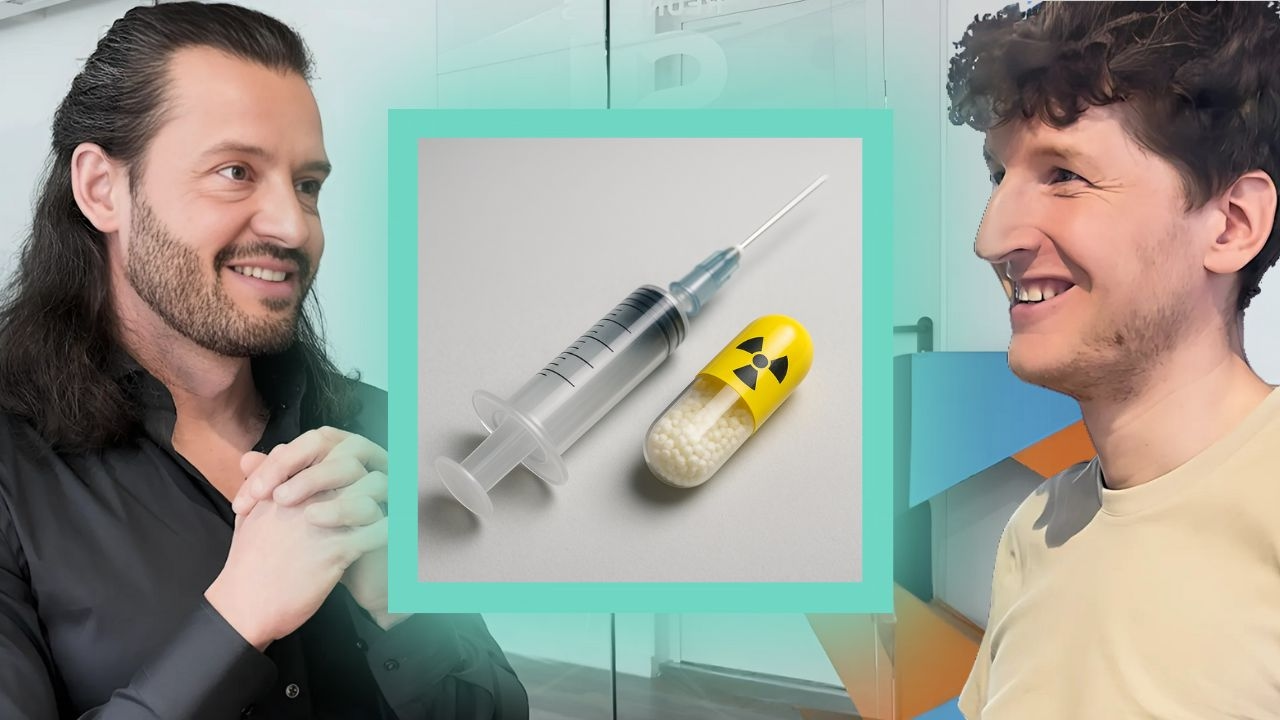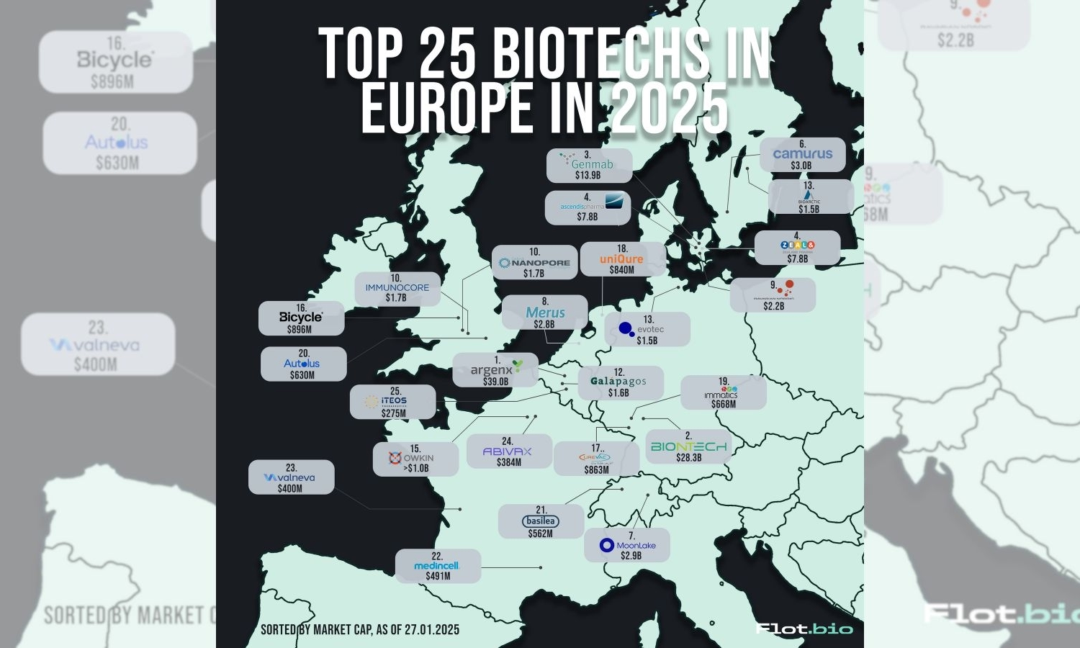Antibody-drug conjugates (ADCs) and radiopharmaceuticals have moved from the fringes of biotech buzzwords into the core strategies of Big Pharma. With companies like Novartis securing major approvals in radiotherapeutics and a new wave of ADC innovation progressing rapidly, the sector is heating up.
But as Joris Pezzini, Partner at Alira Health, points out: the real story here isn’t just scientific—it’s logistical, commercial, and deeply strategic.
Here it is in video format if you prefer to watch:
💥 Complexity Is the New Frontier
“That’s why we love it—because when it’s complex, we can really play a role.”
For Alira Health, complexity isn’t a barrier—it’s an invitation. Radiopharmaceuticals and ADCs come with layered technical, clinical, and commercial challenges that traditional biologics or small molecules don’t. And that’s exactly what makes them so valuable—and defensible.
🧬 ADCs: From Early Buzz to Clinical Reality
ADCs aren’t new. As Pezzini notes:
“When I started in biotech 20 years ago, we were already talking about ADCs.”
The difference now is maturity. Multiple generations of ADCs have iterated on linker chemistry, payload delivery, and tumor targeting. But innovation alone isn’t enough.
“You need not only a fantastic molecule—you need to demonstrate that in the clinic.”
That’s the line in the sand. Scientific elegance must translate to clinical outcomes. The latest ADCs are finally doing just that.
☢️ Radiopharmaceuticals: A Supply Chain Puzzle with High Stakes
Pezzini highlights a critical point:
“Radiopharmaceuticals are so complex on a supply chain standpoint… you need to invest a lot of time to understand the ecosystem to be competitive.”
This is where many underestimate the space. It’s not just about targeting radioactive payloads at cancer—it’s about navigating geographic logistics, patient segmentation, production half-lives, and medical infrastructure.
Success here demands operational fluency, not just clinical ambition.
🏭 Why Big Pharma Is Leading—Not Following
Unlike cell or gene therapies—where biotech startups took early risks and Big Pharma entered late—ADCs and radiopharmaceuticals have drawn early engagement from large pharmaceutical companies.
“With ADCs and radiopharmaceuticals, Big Pharma is a bit more in the lead… probably because we’re at a different phase.”
This makes sense. These platforms are no longer speculative—they’re de-risked enough to promise scale, which aligns with Big Pharma’s ongoing pursuit of the blockbuster model.
“There’s a threshold in terms of revenue below which it’s not interesting… with ADCs and radiopharmaceuticals, it can go above that.”
Translation? These therapies are now commercially viable at scale—something autologous cell therapies, for example, still struggle with due to high-touch manufacturing and scalability constraints.
📊 The Takeaway: Innovation Is More Than Molecules
What this conversation with Joris Pezzini makes clear is that biotech’s next breakthroughs won’t come solely from better science—but from solving the complex systems that bring that science to patients.
In that sense:
- ADCs are about clinical proof plus manufacturing predictability
- Radiopharmaceuticals are about logistics, geography, and precision delivery
- And success depends on strategic execution across the entire lifecycle
✍️ Final Thought
For founders, investors, and strategists in biotech:
Don’t just ask what the molecule can do. Ask whether it can scale, ship, segment, and survive commercial scrutiny.
ADCs and radiotherapeutics may look like deep science stories—but they’re also deep systems challenges. And that’s where the next wave of winners will emerge.





